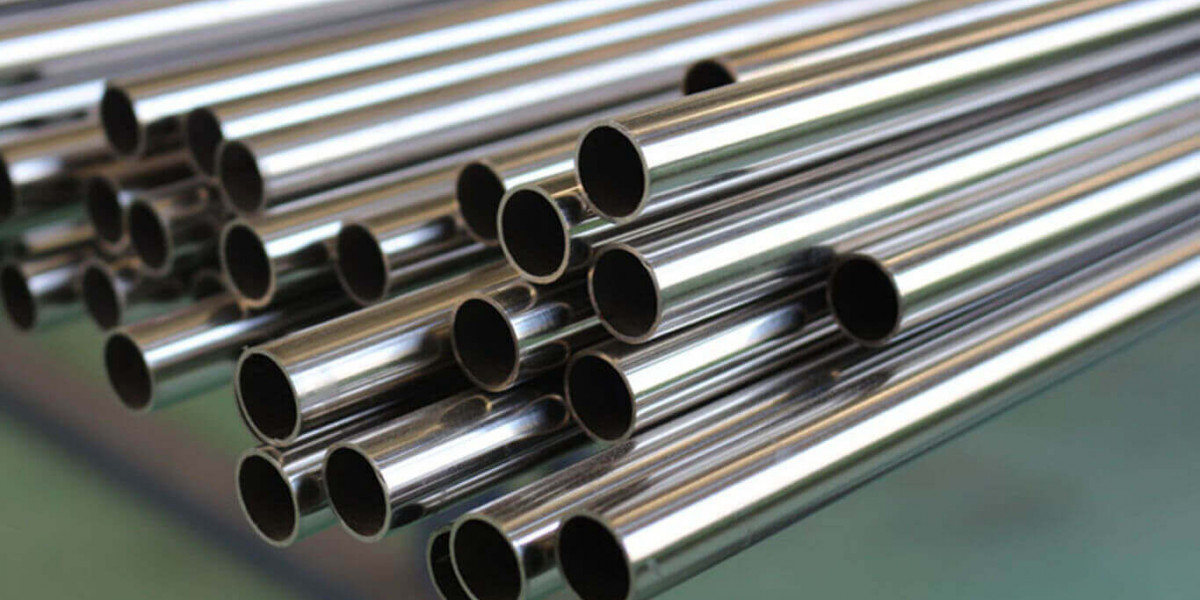Introduction
The stainless steel market plays a crucial role in global manufacturing, but its environmental impact has become a growing concern. With increasing focus on sustainability, the industry is making strides in reducing carbon emissions, promoting recycling, and implementing eco-friendly production processes. This article explores the environmental challenges associated with stainless steel production and the efforts toward sustainability and recycling.
Environmental Challenges in Stainless Steel Production
1. High Energy Consumption
The production of stainless steel requires significant amounts of energy, particularly in the smelting and refining processes. This contributes to greenhouse gas emissions and raises concerns about the industry's carbon footprint.
2. Raw Material Extraction and Resource Depletion
Key raw materials, such as iron ore, nickel, and chromium, are extracted through mining, which can lead to environmental degradation, deforestation, and habitat destruction.
3. Carbon Emissions and Industrial Pollution
Steel manufacturing processes release carbon dioxide (CO₂) and other pollutants, impacting air quality and contributing to climate change. Efforts to minimize emissions are crucial for industry sustainability.
4. Water Usage and Waste Generation
Stainless steel production consumes large volumes of water for cooling and processing, leading to water scarcity concerns. Additionally, industrial waste, including slag and chemical byproducts, poses disposal challenges.
Sustainability Initiatives in the Stainless Steel Industry
1. Energy-Efficient Production Methods
Manufacturers are adopting energy-efficient technologies, such as electric arc furnaces (EAFs), which reduce carbon emissions and improve energy conservation compared to traditional blast furnaces.
2. Use of Renewable Energy
Many stainless steel producers are transitioning to renewable energy sources, such as wind and solar power, to reduce reliance on fossil fuels and lower their environmental impact.
3. Green Steel Initiatives
The development of “green steel” involves producing stainless steel with hydrogen-based processes instead of coal-based methods, significantly reducing CO₂ emissions.
4. Sustainable Supply Chain Practices
Companies are implementing responsible sourcing policies to ensure that raw materials are obtained from environmentally responsible mining operations.
The Role of Recycling in Stainless Steel Sustainability
1. High Recyclability of Stainless Steel
Stainless steel is one of the most recyclable materials, with nearly 80-90% of stainless steel products being made from recycled content. This reduces the need for virgin raw materials and minimizes environmental impact.
2. Economic and Environmental Benefits of Recycling
Recycling stainless steel reduces energy consumption, lowers greenhouse gas emissions, and decreases waste in landfills. It also makes stainless steel production more cost-effective in the long run.
3. Advancements in Scrap Recovery and Reprocessing
Modern recycling technologies allow for more efficient separation and processing of stainless steel scrap, improving the quality and sustainability of recycled materials.
Future Outlook for Sustainable Stainless Steel Production
As global regulations on carbon emissions tighten and consumers demand eco-friendly products, the stainless steel industry will continue innovating to enhance sustainability. Investments in green technology, increased recycling rates, and responsible sourcing will shape the future of the market.
Conclusion
The stainless steel industry faces significant environmental challenges, but sustainability initiatives and recycling efforts are driving positive change. By adopting energy-efficient processes, utilizing renewable energy, and maximizing recycling, the industry can reduce its environmental footprint while maintaining its essential role in global manufacturing. The future of stainless steel lies in a balance between industrial growth and ecological responsibility.









